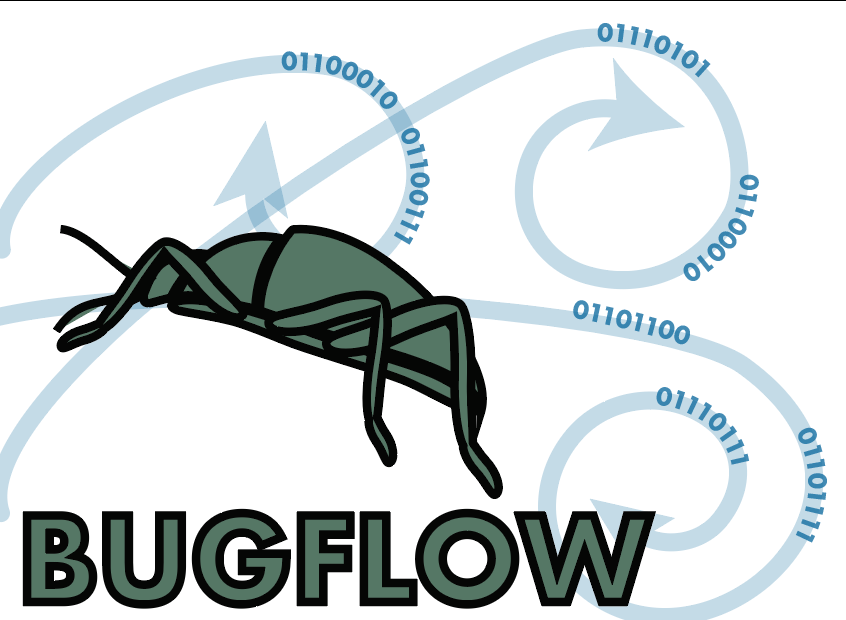Module 3B: Indirect Data Capture from Image of Specimen or Label
Module Purpose:
This module is intended for capturing the primary label data from an image of a specimen and/or label.
Module Keywords:
transcription, image, label, specimen, data capture
| TaskID | Task Name | Explanations and Comments | Resources |
|---|---|---|---|
| T1 | Load image; locate label within image, if required. | Label data visible in the image represents verbatim label data. School data technicians on particular label characteristics peculiar to the collection, including peculiarities of handwriting or frequent occurrence of cryptic notations made by major collectors, determiners, or describers represented in the collection. | Images should be stored in an accessible storage device available to all technicians. Using a large monitor or two monitors greatly facilitates this process, allowing the data entry interface to be visible simultaneously with the image. |
| T2 | Examine label data and search the database for a matching collecting event or locality record. If existing record is not found, skip to T3, else select the existing collecting event or locality record to associate with the newly created specimen record and skip to T4. | Some institutions prefer entering unique collecting event and locality data en masse as a separate workflow, beginning with the first drawer in the collection and continuing through the entire or substantial part of the collection. Due to the redundancy of collecting events represented in many collections, this method usually results in the creation of a large percentage of the collection’s unique collecting event records from a comparatively small percentage of specimens. | |
| T3 | If an existing collecting event record was not found in T2, create new collecting event and locality records, using all pertinent data from the label. | If creation of collecting event and/or locality records is required here (see Module 4C, T8). Depending upon institutional policy, creation of collecting event and locality records might include interpolation of higher geography and related data from field notebooks, collections logs, technician knowledge, etc. (see Module 4C, T8). | Collecting event record creation protocol. |
| T4 | Search for or enter barcode value or catalog number | Some institutions create provisional records during other tasks or modules, e.g., Module 2A, T12. | |
| T5 | Enter remaining specimen-specific attributes into database record or spreadsheet row. | Columns should include but not be limited to: <li>barcode (entered using an electronic scanner)</li><li>determination</li><li>date</li><li>sex</li><li>collection code</li><li>preparation type</li><li>host</li><li>ecological notes</li><li>stage</li> | |
| T6 | Enter links to or attach related literature or publications, field books, logs, or record-level authority sources. | ||
| T7 | Record who has done transcription. | This can include both transcriber and the project during which it was transcribed. | |
| T8 | Perform QA (Module 5) |
Essential Training:
Labels
- Label discrimination
- Label data interpretation, parsing, and transcription
- Unique identifiers and barcodes
Digital Data Management
- General data entry (into Collections Management Software or spreadsheet)
- Darwin Core
- Dublin Core
- Localities and Georeferencing
- Data recording best practices
General
- Collection-specific historical & legacy organization system(s)
- Collection Oddities, Quirks
Taxonomy
- Types of Types
- Taxonomic Hierarchy (including name endings)
- Nomenclature and Authorship
Module Metrics, Costing, and Reporting:
Number of image labels transcibed per hour
Outreach Opportunities:
- Images can be used for community transcription outreach efforts. E.g. TPT Notes from Nature, DigiVol, Smithsonian Digital Volunteers
- Images can be used for various social media campaigns highlighting interesting and unique specimens in the museum
Exemplar Workflows:
List of examplar workflows organized by database type.
Discussion:
No discussion yet. Open an issue and reference this module to start discussion.
Best Practices & Standards:
See BugFlow page here.
